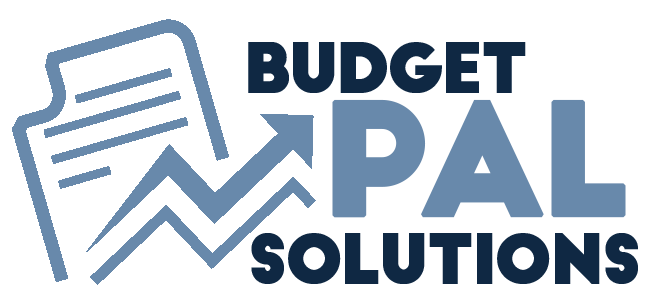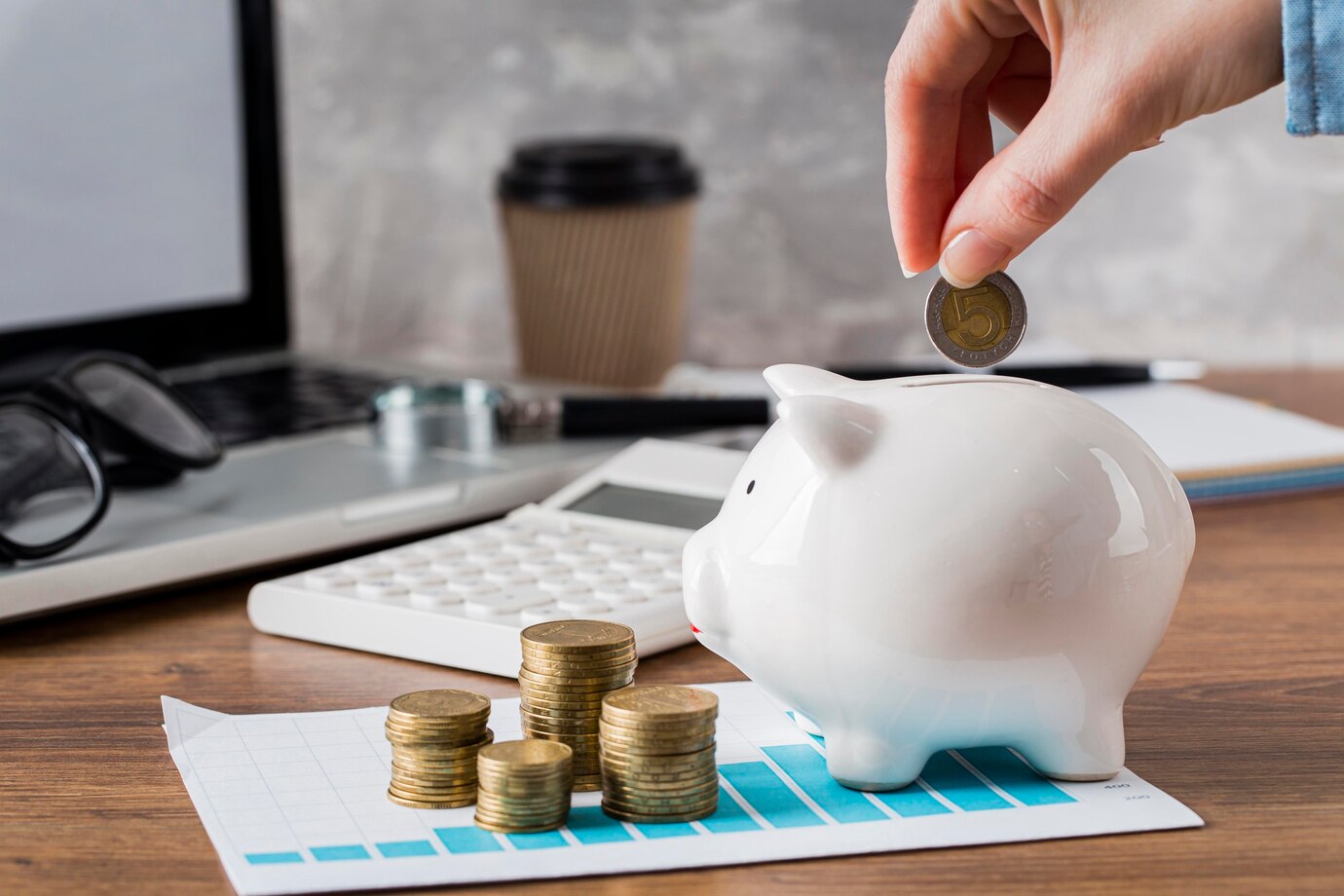Looking for a financial safety net? Building an emergency fund is the key to achieving stability and peace of mind.
Register now and get SMS alerts for the latest updates on saving tips, financial planning, and debt management.
Sign up with Budget Pal Solutions and take control of your financial future.
Life is unpredictable, and unexpected expenses can arise when you least expect them. That’s why having an emergency fund is essential for financial stability and peace of mind. An emergency fund provides a safety net to cover unforeseen expenses such as medical bills, car repairs, or job loss without resorting to high-interest loans or dipping into your savings. In this blog post, we’ll discuss how to build an emergency fund effectively with practical tips and tricks.
1. Set Clear Savings Goals:
Start by setting clear savings goals for your emergency fund. Determine how much money you want to save and establish a timeline for reaching your goal. Having a specific target will help you stay motivated and focused on building your emergency fund.
2. Create a Budget and Stick to It:
Create a budget that outlines your monthly income and expenses, including essentials such as rent, utilities, groceries, and debt payments. Identify areas where you can cut back on discretionary spending and allocate those savings toward your emergency fund. Sticking to a budget will help you prioritize saving and avoid unnecessary expenses.
3. Automate Your Savings:
Take advantage of automation tools offered by banks and financial institutions to automate your savings. Set up automatic transfers from your checking account to your emergency fund savings account each month. Automating your savings ensures that you consistently contribute to your emergency fund without having to think about it.
4. Start Small and Increase Contributions Over Time:
If you’re unable to save a large sum of money right away, don’t be discouraged. Start small by saving whatever amount you can afford, even if it’s just a few dollars each week. As your financial situation improves, gradually increase your contributions to your emergency fund until you reach your savings goal.
5. Prioritize Your Emergency Fund:
Make building your emergency fund a financial priority. Treat your emergency fund savings like any other bill or expense and prioritize it in your budget. By making regular contributions to your emergency fund a top priority, you’ll build your savings more quickly and ensure that you’re prepared for unexpected expenses.
6. Reduce Unnecessary Expenses:
Identify areas where you can cut back on unnecessary expenses to free up more money for your emergency fund. Consider canceling subscription services you don’t use, eating out less frequently, or finding cheaper alternatives for everyday purchases. Redirecting these savings toward your emergency fund will accelerate your progress.
7. Keep Your Emergency Fund Separate:
Keep your emergency fund separate from your regular checking and savings accounts to avoid the temptation to dip into it for non-emergencies. Consider opening a high-yield savings account or a money market account specifically for your emergency fund. Keeping your emergency fund separate will help you preserve it for when you truly need it.

